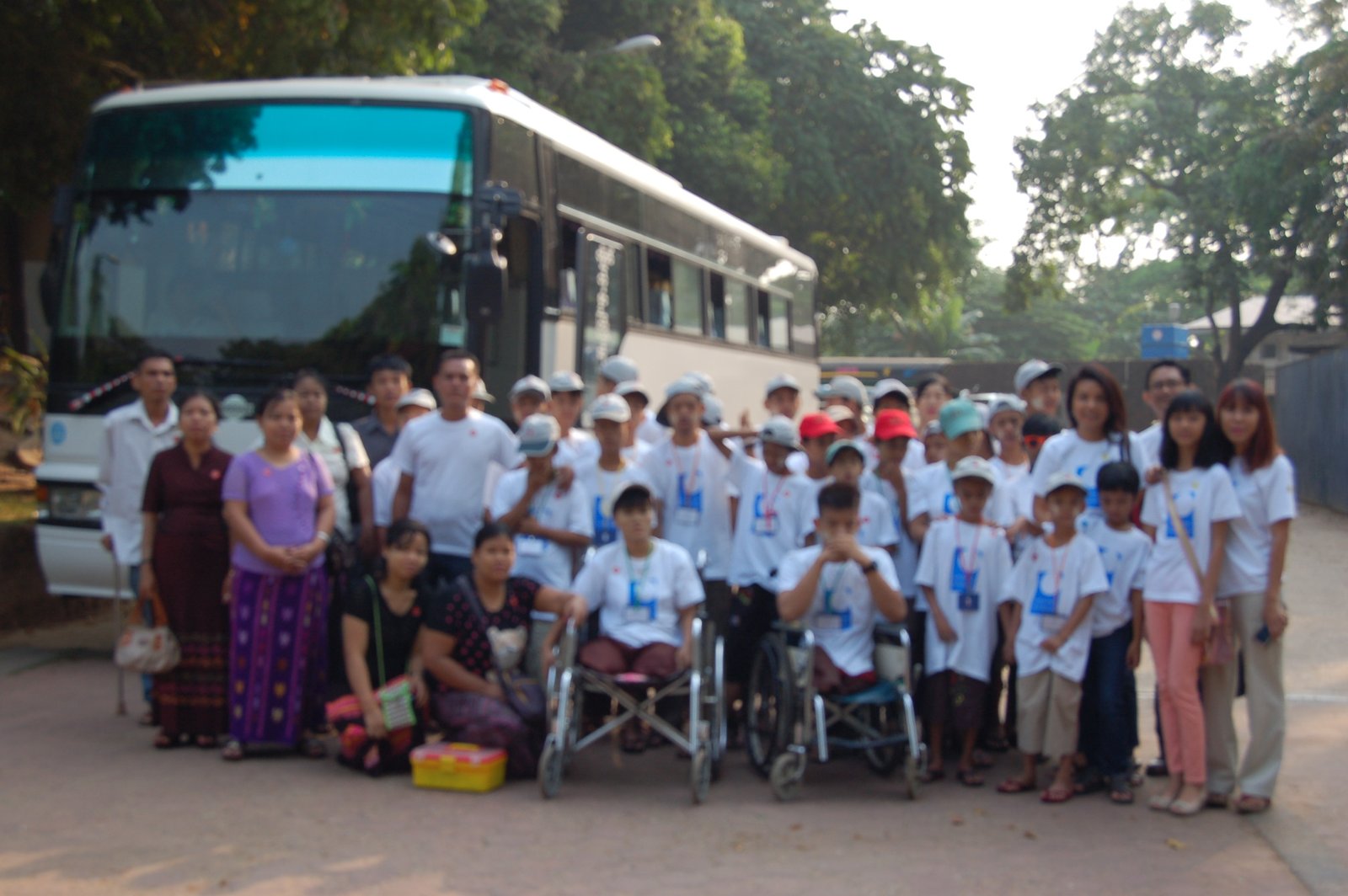There has been relative neglect of the issue of developmental delays and disabilities among children, many of whom are the children of families living in poverty. In much of the Asia-Pacific region, a disproportionate number of children with disabilities do not have access to early intervention and education programmes. Early detection of delays in reaching developmental milestones is as important as regularly measuring the height and weight of infants and children. Following early detection of delay in reaching developmental milestones, it is necessary to provide prompt and appropriate responses to optimize their all-round development. Such early intervention responses cover, inter alia, stimulation, nurturing and care, and pre-school education. Investing in early childhood programmes yields higher returns than at subsequent levels of education and training. Government commitment to early childhood programmes would significantly improve their development outcomes. Furthermore, it is essential for governments to ensure that children with disabilities have access, on an equitable basis with others in the communities in which they live, to quality primary and secondary education. This process includes engaging families as partners in providing more effective support for children with disabilities.
Target 5.A
Enhance measures for early detection of, and intervention for, children with disabilities from birth to pre-school age
Target 5.B
Halve the gap between children with disabilities and children without disabilities in enrolment rates for primary and secondary education
Core indicators
5.1 Number of children with disabilities receiving early childhood intervention
5.2 Primary education enrolment rate of children with disabilities
5.3 Secondary education enrolment rate of children with disabilities
Supplementary indicators
5.4 Proportion of pre- and antenatal care facilities that provide information and services regarding early detection of disability in children and protection of the rights of children with disabilities
5.5 Proportion of children who are deaf that receive instruction in sign language
5.6 Proportion of students with visual impairments that have educational materials in formats that are readily accessible
5.7 Proportion of students with intellectual disabilities, developmental disabilities, deaf, blindness, autism and other disabilities who have assistive devices, adapted curricula and appropriate learning materials


